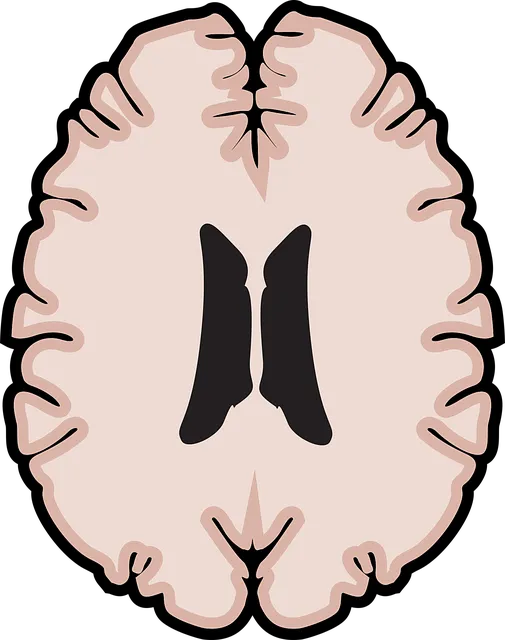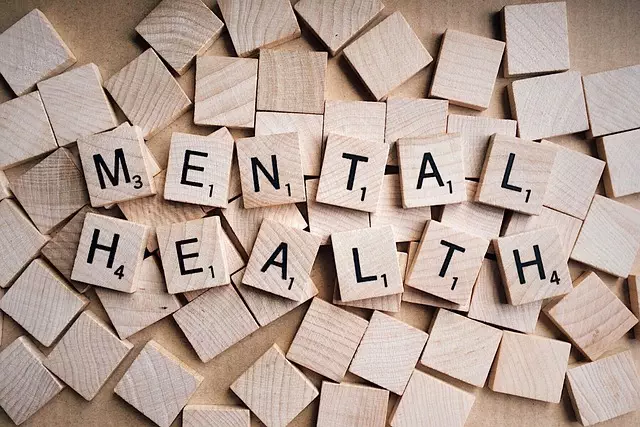The Kaiser Permanente Mental Health Center in Parker prioritizes patient safety with its comprehensive Harm Minimization Planning, integrating risk assessment tools, early intervention, and crisis management. Tailored interventions like Mental Wellness Coaching empower patients, fostering a supportive environment that enhances self-esteem and overall well-being. This proactive approach not only minimizes risks but also promotes staff burnout prevention through open dialogue, ensuring personalized care for individual mental health needs at the Parker center.
Risk assessment and harm minimization planning are critical components of safe practice at healthcare institutions, such as the Kaiser Permanente Mental Health Center in Parker. This article delves into these essential strategies, offering insights from a foundational perspective with a focus on Kaiser Permanente’s approach. We explore ‘Understanding Risk Assessment’ as the cornerstone for creating safer environments, followed by an examination of harm minimization planning techniques and tools. Additionally, we highlight best practices for integrating these concepts to enhance patient safety and care at mental health facilities.
- Understanding Risk Assessment: A Foundation for Safe Practice at Kaiser Permanente Mental Health Center Parker
- Harm Minimization Planning: Strategies and Tools for Effective Implementation
- Integrating Risk Assessment and Harm Minimization: Best Practices for Healthcare Professionals
Understanding Risk Assessment: A Foundation for Safe Practice at Kaiser Permanente Mental Health Center Parker

At Kaiser Permanente Mental Health Center Parker, understanding risk assessment is considered a cornerstone for delivering safe and effective mental health services. This involves meticulously evaluating potential risks associated with various practices and patient interactions to ensure the highest level of care. By prioritizing harm minimization planning, the center aims to create a supportive environment that promotes mental wellness, as highlighted in their popular Mental Wellness Podcast Series Production.
The process includes identifying hazards, analyzing their likelihood and severity, and implementing strategies to mitigate these risks. This proactive approach not only safeguards patients but also empowers healthcare professionals. It encourages open discussions about potential challenges, fostering an atmosphere where burnout prevention is a shared priority. Moreover, by focusing on risk assessment, the center can tailor interventions aimed at self-esteem improvement, ensuring that every individual receives personalized care tailored to their unique needs.
Harm Minimization Planning: Strategies and Tools for Effective Implementation

Harm Minimization Planning is a strategic approach aimed at reducing potential risks and mitigating their impact, particularly in sensitive areas like mental health care. The Kaiser Permanente mental health center in Parker has successfully implemented this method to enhance patient safety and well-being. By employing various strategies, such as risk assessment tools, early intervention techniques, and comprehensive crisis management protocols, the center ensures a proactive approach to managing risks.
This planning involves identifying potential harm triggers and developing tailored interventions. For instance, Mental Wellness Coaching Programs Development can be integrated into care plans to empower individuals with coping mechanisms. Similarly, Mental Health Education Programs Design can equip patients and their families with knowledge about recognizing and managing risks. These tools collectively contribute to a holistic risk minimization strategy, fostering an environment that promotes mental wellness and supports individuals in navigating challenges effectively.
Integrating Risk Assessment and Harm Minimization: Best Practices for Healthcare Professionals

Integrating risk assessment and harm minimization is a best practice that healthcare professionals, particularly those at Kaiser Permanente mental health centers in Parker, should embrace. By combining thorough risk assessments with proactive harm minimization strategies, professionals can create comprehensive safety plans tailored to individual patient needs. This dual approach ensures not only the immediate management of risks but also long-term support for mental wellness.
For instance, incorporating Mental Wellness Journaling Exercise Guidance into routine care allows patients to actively engage in self-reflection and emotion regulation. Additionally, Risk Management Planning for Mental Health Professionals provides a structured framework for identifying potential hazards and implementing effective interventions. Empathy Building Strategies further strengthen patient-provider connections, fostering an environment where individuals feel heard, understood, and supported, thereby reducing the risk of harm and enhancing overall mental health outcomes.
Risk assessment and harm minimization planning are essential components of safe practice at the Kaiser Permanente Mental Health Center Parker. By understanding risk assessment and integrating it with effective strategies for harm minimization, healthcare professionals can create a more secure environment for patients. The strategies outlined in this article provide a roadmap for implementing these practices, ensuring the well-being and satisfaction of both patients and staff. At the Kaiser Permanente Mental Health Center Parker, committing to these best practices is a testament to fostering a positive and supportive care experience.






